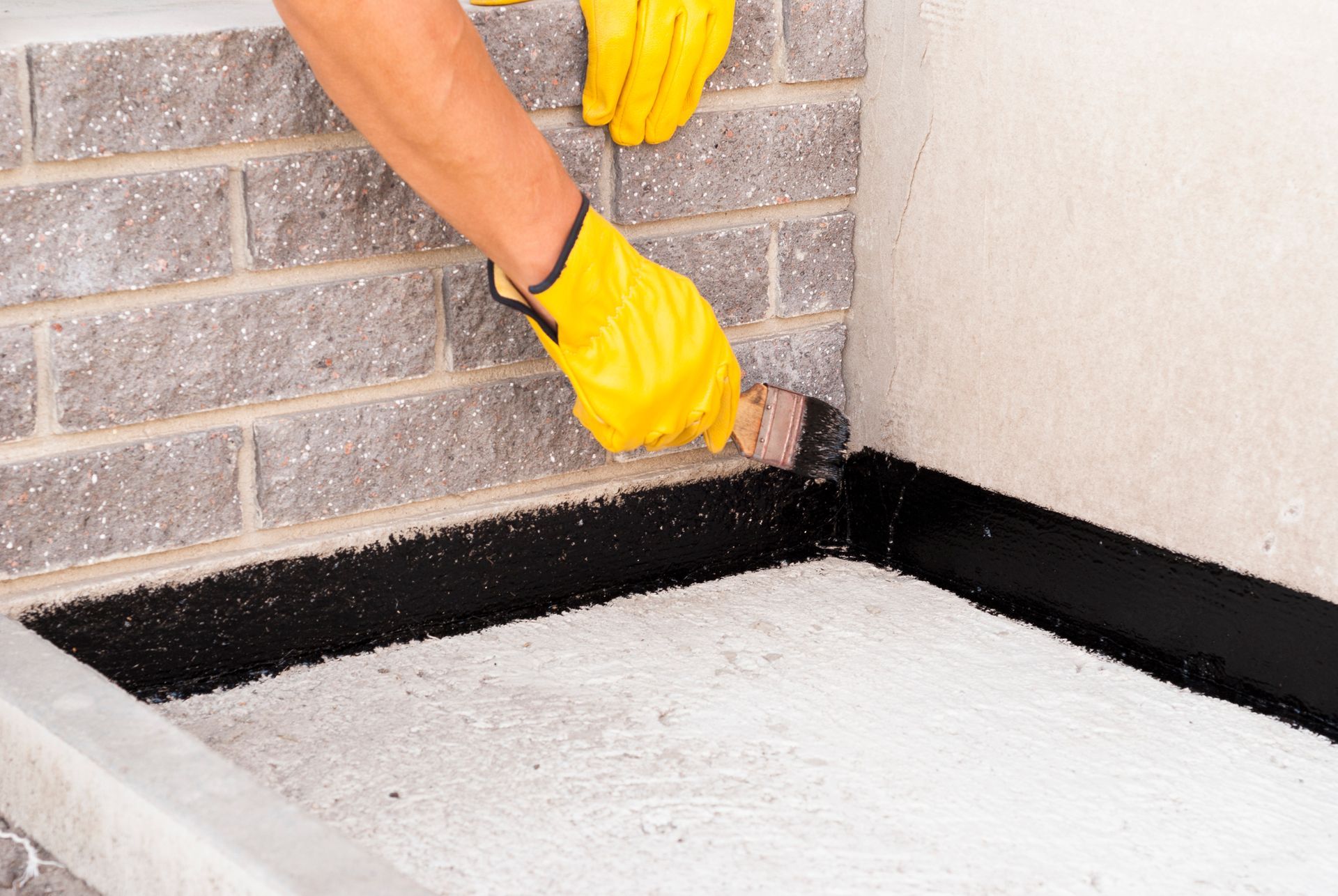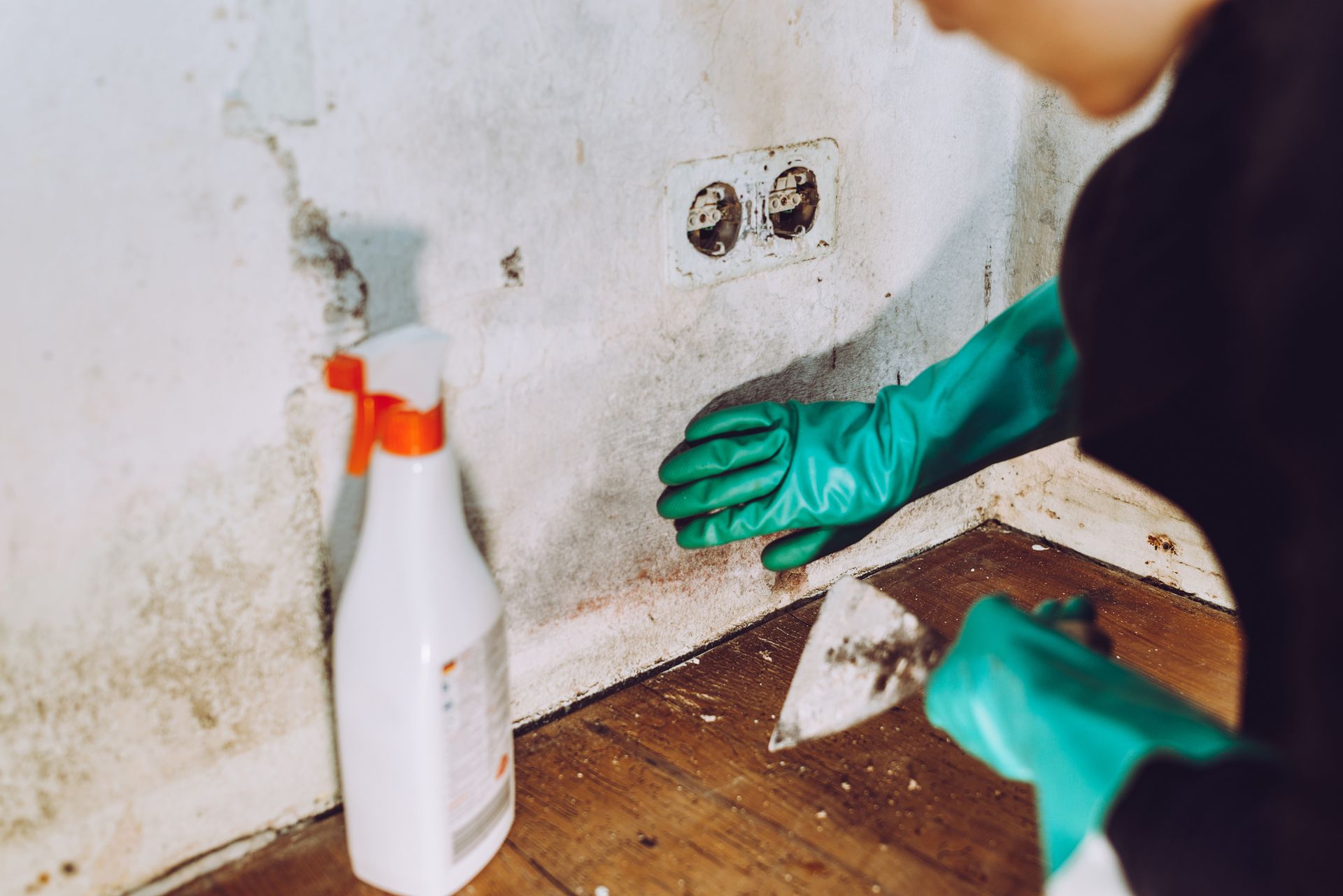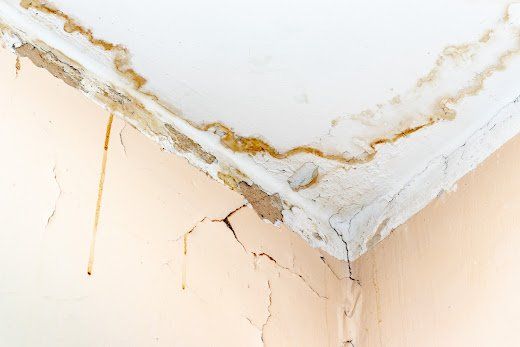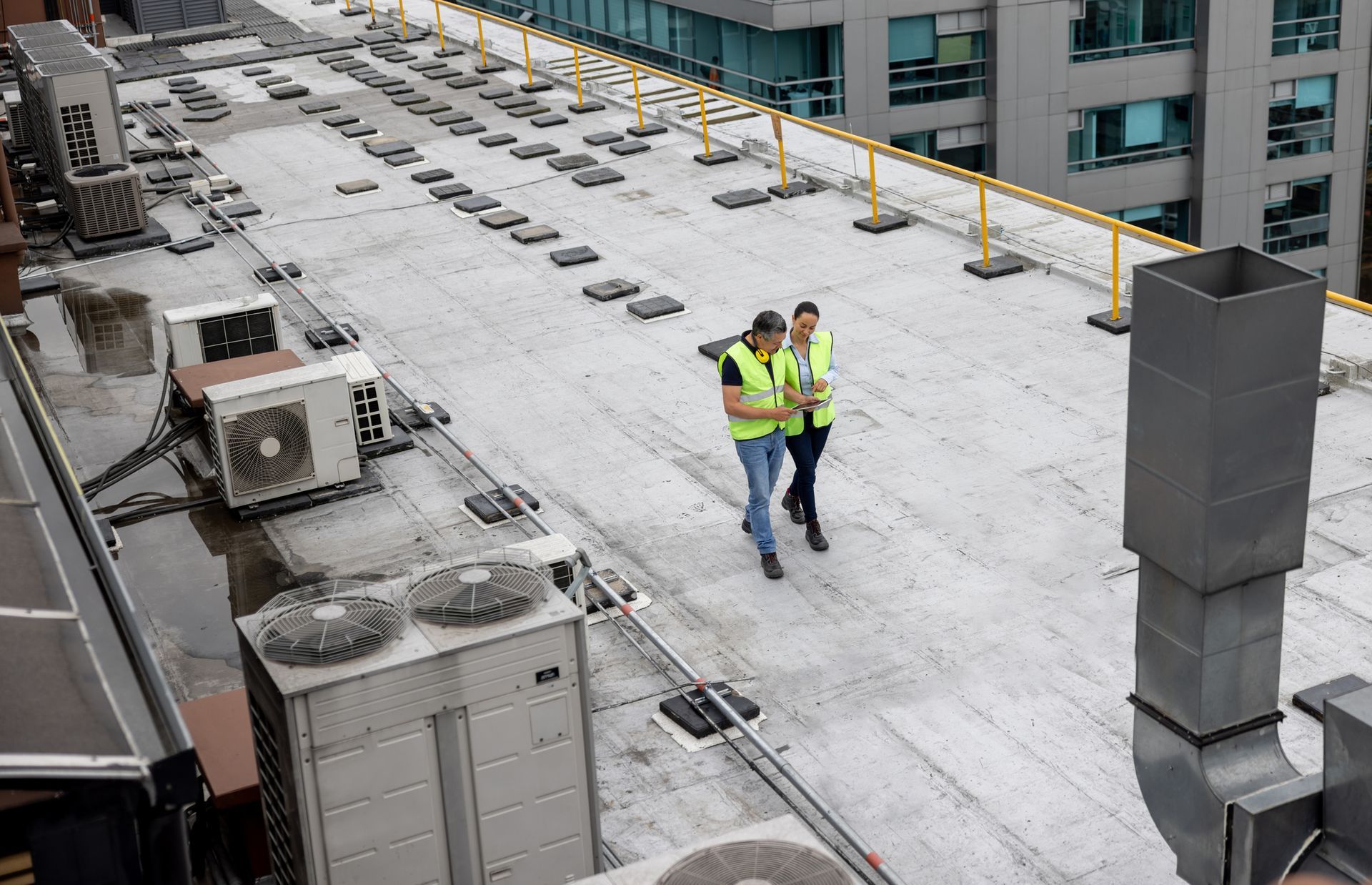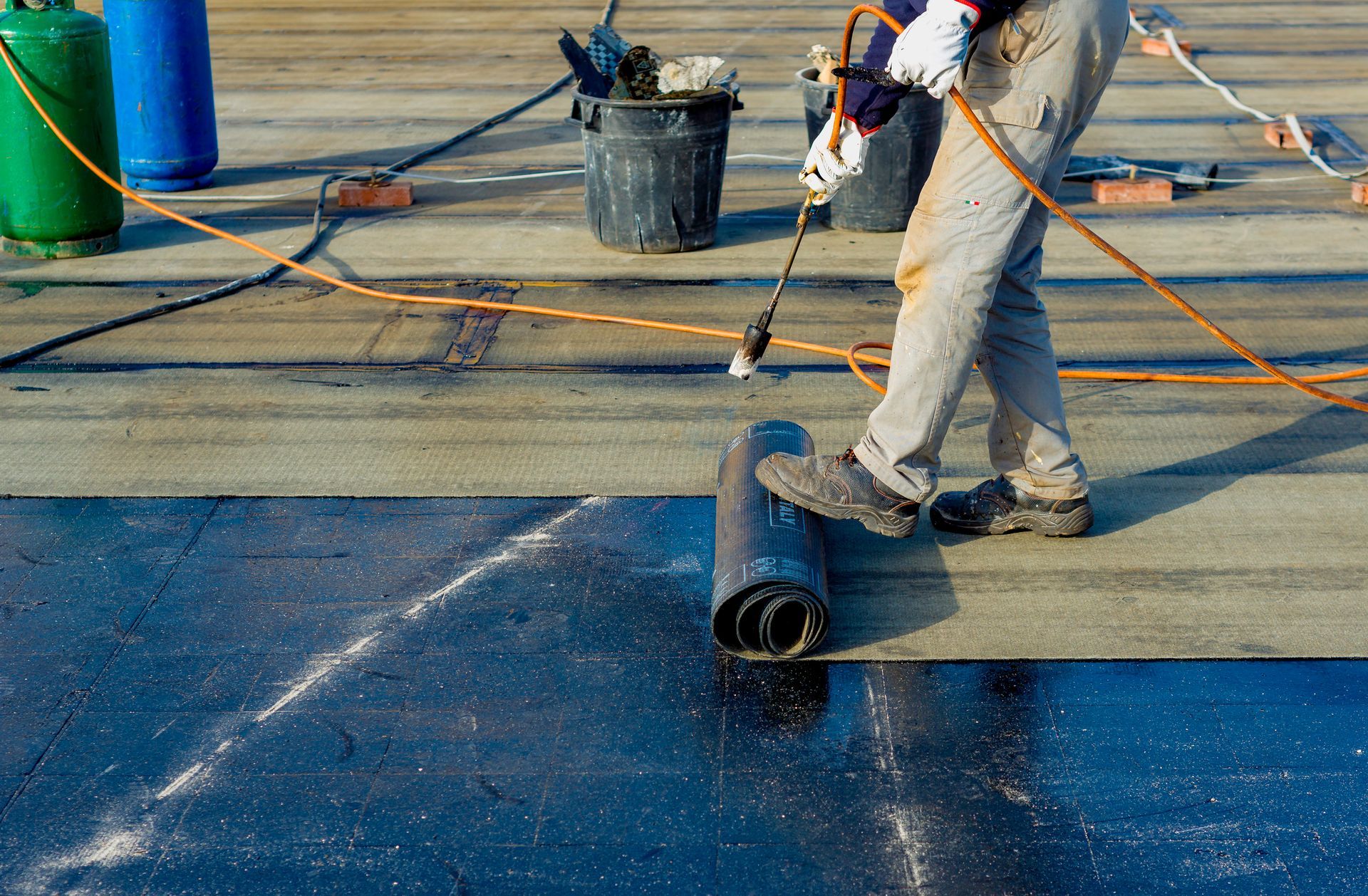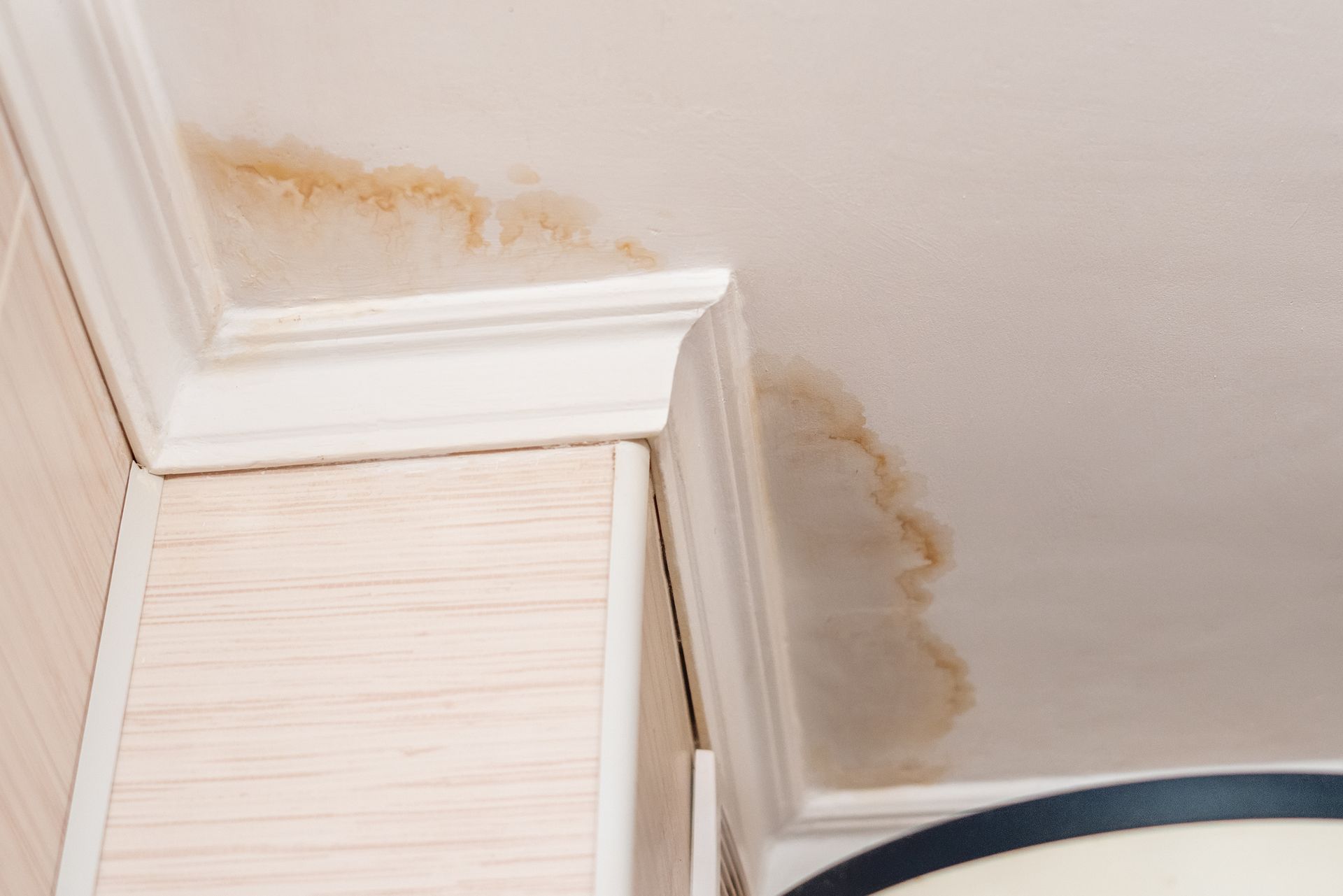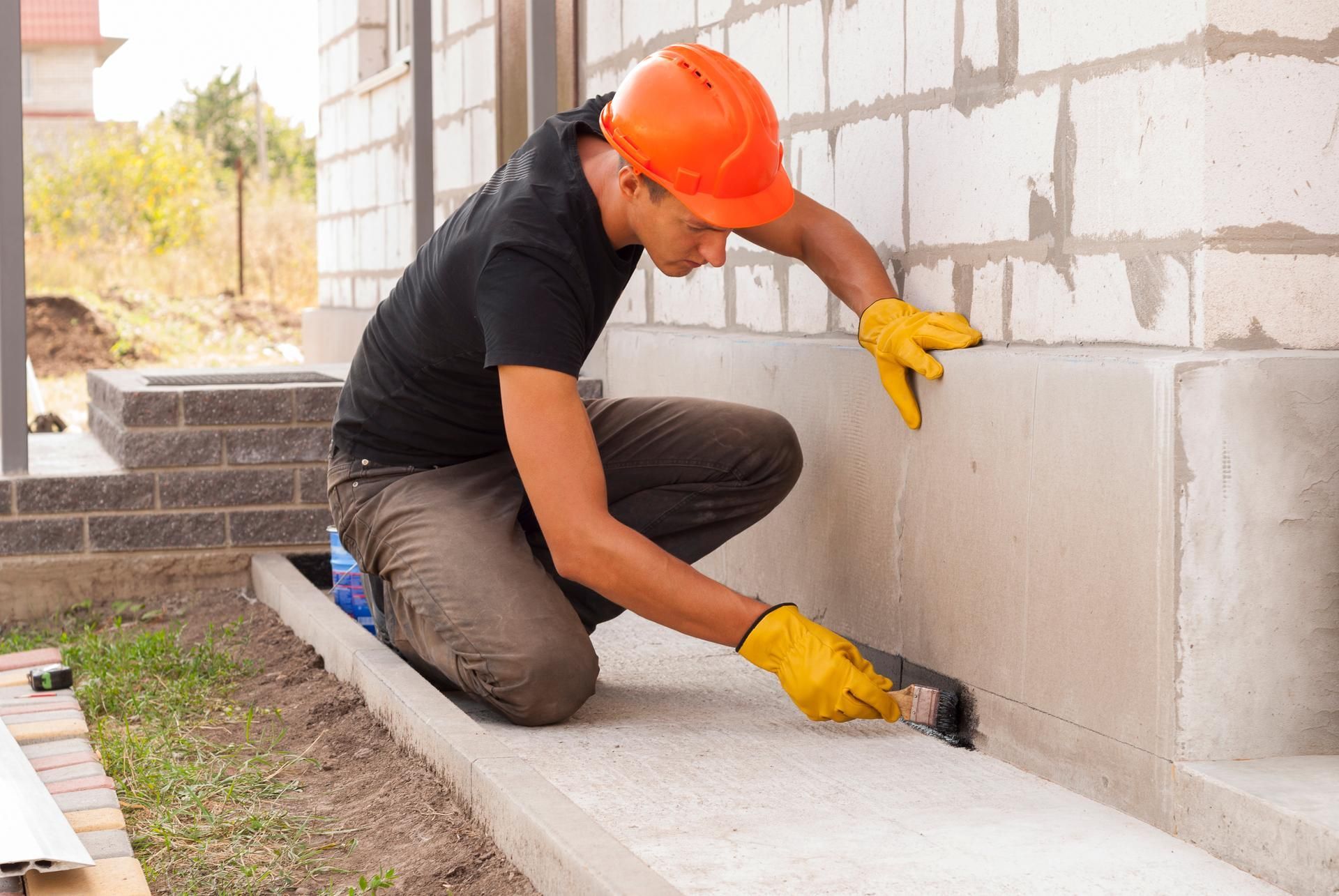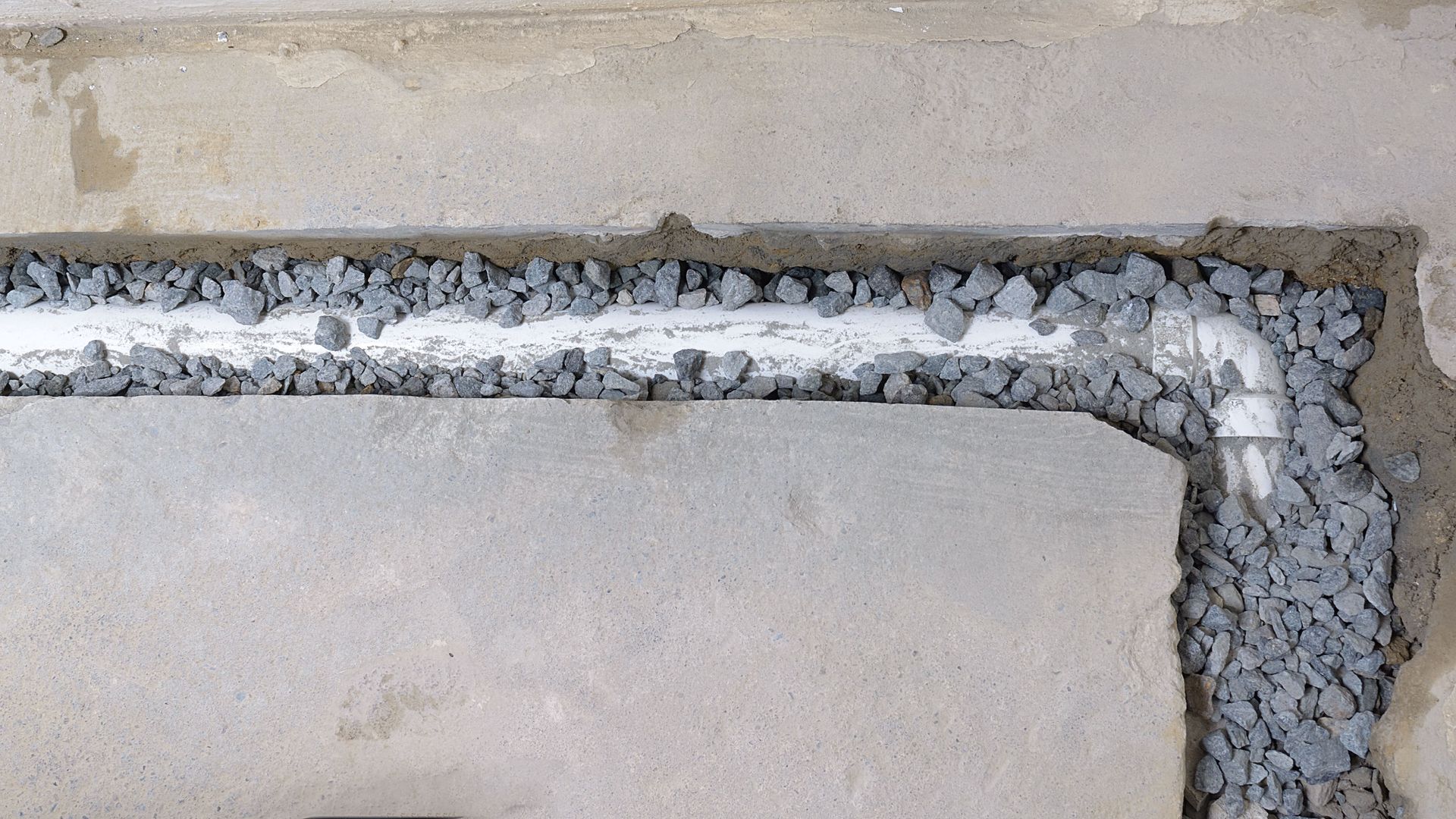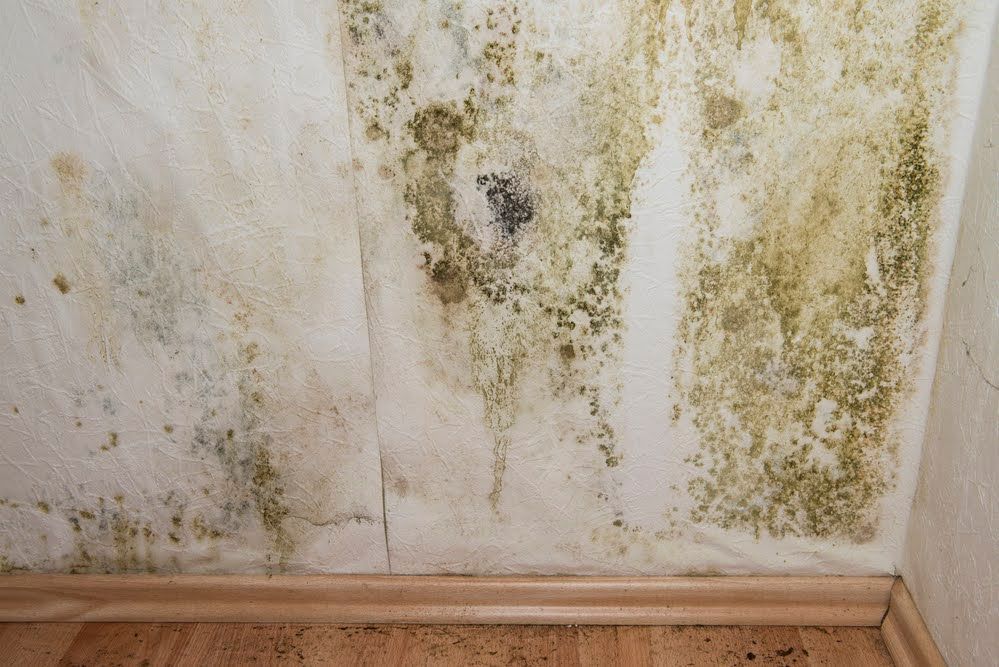Home Foundation Fissures: When Concrete Isn't What You Expected
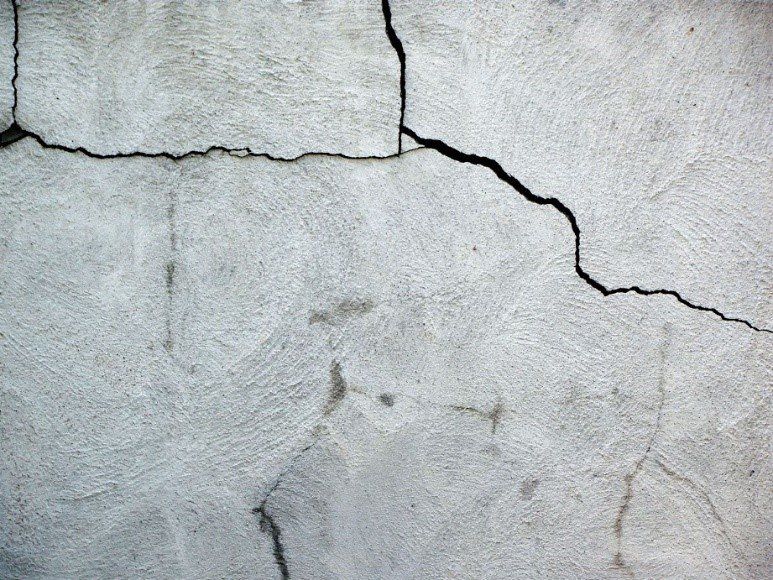
The foundation of your home needs to be strong and impenetrable to support the weight of your home and prevent the entrance of outside elements. Modern foundations are built of concrete, a significant improvement over earlier materials like stone or brick. But what happens if cracks appear in the concrete foundation?
Even concrete is susceptible to fissures and other flaws over time — especially if the original workmanship was poor. Read on to learn more about cracks in the concrete foundation of your home.
Causes of Concrete Foundation Cracks
Concrete is made of Portland sand, water, and aggregates of different size. These elements help give concrete its unique strength, resilience, and rigidity. However, concrete lacks flexibility under certain conditions. For example, concrete often cracks if it was poured improperly or was subject to external forces during the course of its life.
Improper Pouring
As wet concrete settles, water and lighter aggregate particles are pushed toward the surface. Wind, air temperature, and humidity can all force the surface water to dry too quickly, while the remaining concrete remains wet. The result is a weakened top layer of concrete with a tendency to crack.
Concrete can also crack if it contains the wrong ratio of sand, water, and aggregates. This will force the concrete to shrink as it dries. For example, a high water ratio to sand and aggregate increases water loss during the curing process. The concrete then cracks as it shrinks.
External Forces
Perfectly cured concrete is extremely durable. However, outside forces can act upon concrete that, over time, leads to cracks and other forms of damage. Surprisingly, one important ingredient in concrete is a main cause of damage — water.
Water can alter the moisture content in the soil surrounding the concrete foundation. Freezing and thawing can press soil against the concrete with relentless force. Flowing water from heavy rain, poor drainage, or plumbing leaks can also come into contact with concrete. Over time, that concrete weakens as water is absorbed into many tiny concrete pores. Further freezing ensures any water present within the concrete will crack and even shift the foundation.
Tree roots are also capable of growth that can eventually crack concrete foundations. Earthquakes also exert force that can cause small cracks in concrete. Lastly, drought conditions can create overly dry soil surrounding a foundation that will settle and crack the concrete.
Signs of Concrete Foundation Cracks
Visible cracks are a sure sign the foundation has a problem. Large cracks might be present in a basement wall, and sometimes cracks resemble stair steps or appear to run continuously from wall to floor.
Homes without a visible foundation, like a slab home, means you cannot physically inspect for cracks. But you may be surprised that other signs often indicate the concrete foundation has a problem. For example, one or more chimneys may lean in the same direction or exterior walls might warp outward. Inside, the floors may feel uneven and doors and windows might no longer shut tightly.
Problems with Concrete Foundation Cracks
A cracked foundation is an unsettling thought. A shaky or weakened foundation can be dangerous if cracks are severe enough. However, cracks within a concrete foundation do not have to imperil a home's structural strength to be a problem.
Small cracks in the concrete allow water and other elements to enter the basement or crawl space, which fosters mold growth. And tiny breaches in concrete are enough to let radon enter the lower regions of a home.
If you're not sure whether cracks are a problem in your home's foundation, visit the experts at
Central Penn Waterproofing. We can help determine the best course of action to repair cracks in your concrete foundation.


